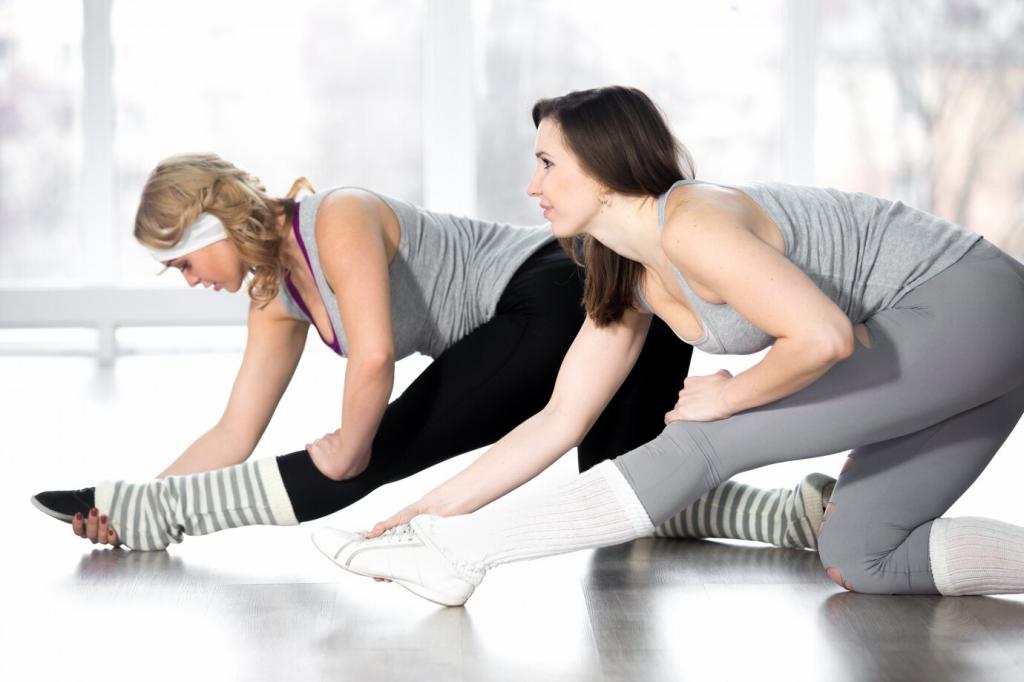
Create Together: Collaborative Art Projects for Event Management Teams
Chosen theme: Collaborative Art Projects for Event Management Teams. Step into a world where event planners, producers, vendors, and attendees co-create living art that forges connection, fuels creativity, and turns gatherings into unforgettable shared stories. Join us, share your experiences, and subscribe for fresh ideas that bring teams closer.
Why Collaborative Art Supercharges Event Teams
The Power of a Shared Canvas
When a team paints, builds, or crafts together, it negotiates decisions in real time. This shared canvas reframes disagreements as experiments, creating psychological safety while unlocking inventive solutions that later elevate operations, communication, and on-site execution.
From Departments to Dynamic Roles
Producers, sponsors, stage managers, and volunteers rotate creative roles, seeing each other’s pressures up close. By swapping responsibilities within a low-stakes art build, empathy rises, decision speed improves, and future run-of-show moments feel more fluid and aligned.
A Small Story with a Big Ripple
At a sustainability expo, a pop-up mosaic wall made from retired lanyards became a gathering point. The team watched strangers collaborate, and later applied that flow insight to re-route expo traffic, reducing bottlenecks and increasing dwell time in partner zones.
Modular Mosaic of Moments
Invite attendees to contribute tiles—fabric squares, recycled badges, or painted wood—to form a giant mosaic reflecting your event theme. Teams manage sections, then assemble everything live, revealing a striking, collaborative narrative that photographs beautifully and travels post-event.
Interactive String Art Map
Stretch nails across a sturdy board shaped like your brand mark or city skyline. Participants connect colored strings to prompts—roles, interests, or causes—creating a data-becomes-art portrait. Teams facilitate prompts, track participation, and spark conversations among unlikely collaborators.
Planning, Roles, and Risk: Turning Vision Into a Safe Reality
Define a clear build area, foot-traffic plan, and storage. Source non-toxic materials, backups, and weather contingencies. Create labeled kits for each micro-task so volunteers onboard fast, and document disposal or donation pathways before a single brush touches paint.
Planning, Roles, and Risk: Turning Vision Into a Safe Reality
Assign a creative lead, safety steward, supply runner, storyteller, and social amplifier. Each role guards a specific flow element, preventing lineup jams and ensuring fresh materials, consistent tone, and constant invites that make shy attendees feel immediately welcome.
Planning, Roles, and Risk: Turning Vision Into a Safe Reality
Confirm venue permissions, surface protections, and ventilation. Use drop cloths, gloves, and clear signage. Keep first-aid and cleanup tools visible. Coordinate with security and janitorial teams to maintain accessibility while preventing slips, spills, or obstructed emergency egress.

Prompts that Lower the Barrier to Entry
Offer ultra-simple entry points: draw a line, add a dot, choose a color, finish a sentence. Good prompts spark expression without judgment, helping introverts, first-time attendees, and busy vendors contribute meaningfully within seconds between sessions.
Accessibility by Design
Provide seated stations, wide pathways, large-grip tools, and visual instructions. Offer scent-free materials and quiet times for sensory-sensitive participants. Translating prompts and using iconography ensure participation feels natural across languages, abilities, and comfort levels.
Facilitators as Hosts, Not Gatekeepers
Train facilitators to ask open questions, celebrate small contributions, and resist over-directing. Their role is to spark ownership, not control outcomes. When participants feel trusted, the art embodies authentic community rather than a polished but distant showpiece.

This is the heading
Lorem ipsum dolor sit amet, consectetur adipiscing elit. Ut elit tellus, luctus nec ullamcorper mattis, pulvinar dapibus leo.

This is the heading
Lorem ipsum dolor sit amet, consectetur adipiscing elit. Ut elit tellus, luctus nec ullamcorper mattis, pulvinar dapibus leo.
Circular Materials Strategy
Source reclaimed wood, fabric offcuts, or recycled signage. Choose water-based, low-VOC paints and reusable tools. Plan disassembly for easy recycling, and partner with local makerspaces or schools to donate remnants, extending materials’ life and community impact.
Ethical Story and Credit
Acknowledge collaborators visibly. Credit community partners, artists, and volunteers on signage and follow-up posts. Invite feedback on representation and cultural references to avoid appropriation and ensure the artwork respects the communities it celebrates and serves.
Thrifty Builds with Premium Feel
Elevate simple materials using thoughtful lighting, clean edges, and consistent palette choices. Pilot the build at half-scale to reduce waste, then scale confidently on-site. Smart pre-cuts and labeled containers keep costs low while making the experience feel premium.
